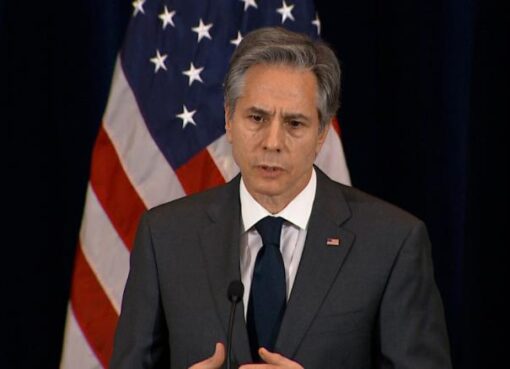WASHINGTON, June 21, 2018 — The United States must act or China will achieve its goal of equaling American technological prowess by 2020 and surpassing it by the 2030s, the vice chairman of the Joint Chiefs of Staff said here today.
Air Force Gen. Paul J. Selva said DoD is working on technologies to keep the U.S. military superior to the Chinese and stressed the need to safeguard critical technologies. He took part in a panel discussion at the Center for a New American Security’s annual conference this morning.
China has announced goals to have technological parity with the United States in the early 2020s and surpass America in the next decade, the general said. This could happen, Selva said, but it presumes the United States won’t react to the challenge.
China and Russia are doing their best to offset American capabilities in the Western Pacific and in Europe, he said. In both cases and areas, the United States must protect the nation’s greatest military advantage: the ability “to project American power when and where it is in our national interests,” Selva said.
Preventative Power Projection
If the American military fails at projecting power into situations where interests are threatened, then it fails the American people, the general said.
“This is not about trying to counter an anti-access, area denial strategy — that’s admitting defeat up front and saying we have to go back and fix something we broke,” he said.
Selva proposed an alternate approach of analyzing what the opponent is trying to do, and “make this a competition, not a conflict, and checkmate them or prevent them from getting so much an advantage that they can prevent you from doing the things that are in your national interests.”
This is spelled out in the National Security Strategy and National Defense Strategy, he said. “If we sit back and don’t react, we will lose our technological superiority in 2020, the Chinese are right,” the general said. “But we should be a player in this game, not an observer.”
The United States is doing significant research and development in a number of key technologies, including: long-range strike capability, artificial intelligence and hypersonics, he said.
“We are way ahead in the sensor and sensor-integration technologies,” Selva said.
This last is important as the United States must protect technologies like this to maintain its advantage, the general said.
“[We] have to protect what we have, because the Chinese, if they can’t learn about it, they will try to buy it; and if they can’t learn about it or buy it, they will steal it,” he said. “We know they are active in all three domains — learning, buying or stealing — so we have to be careful to defend the technologies that are important to us, while we continue to develop additional capabilities.”
(Follow Jim Garamone on Twitter: @GaramoneDODNews)







